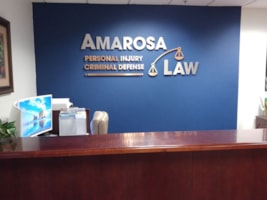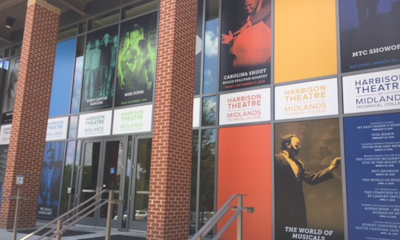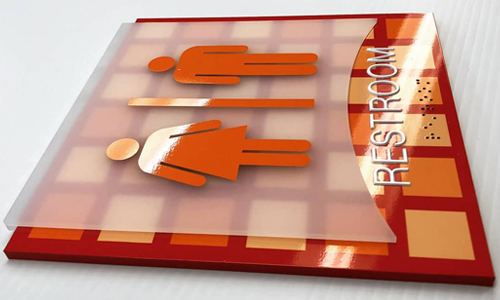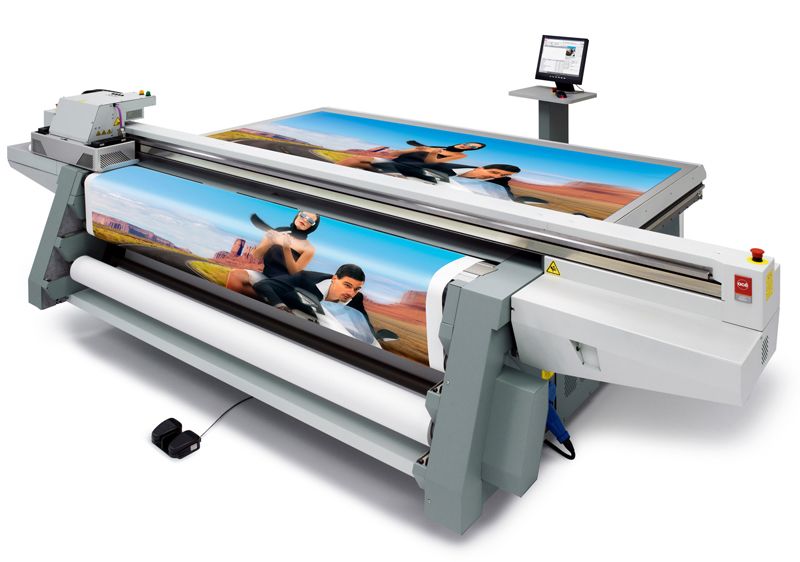
Indoor signs
5/20/2019

Every sign has a job to do and a budget to adhere to. To make sure your new signage delivers on both counts, Signs Now® draws on our long experience and deep expertise to select the best material for your application. When discussing your signage choices with you, we may be talking about options that include:
ACM: Sheets of thin aluminum that “sandwich” a polyethylene plastic core, ACM or aluminum composite material combines the durability and professional presentation of aluminum with excellent strength and rigidity. It’s stronger than solid aluminum sheets of similar thickness and more economical. ACM resists high heat and moisture. It’s great for post-and-panel or outdoor wall signs.
Acrylic/Plexiglass: These sign materials are made from cast polymer (a plastic) that are often substituted for glass. Transparent and durable, they're ideal for backlit signs and 3D lettering. For lobby displays including acrylic displays with standoffs, these materials can provide an upscale look demanded by image-conscious clients.
Aluminum: An excellent long-term choice, corrosion-proof aluminum signs often feature a clear finish or baked-enamel surface. Aluminum is typically used for building, fence, parking lot, real estate and traffic signs. Alternately, a brushed aluminum finish offers a modern look for architectural and lobby signs, among other applications.

Calendered Vinyl Film: An economical solution for many temporary outdoor or permanent indoor signs, calendered vinyl film is thicker than cast-vinyl alternatives. It resists abrasion well and adheres best to flat or gently curved surfaces. Popular applications for calendered films include cut-vinyl letters, floor graphics, promotional signage and vehicle lettering. It’s also used for small decals for vehicles or windows.
Cast Vinyl Film: Typically thinner than calendered vinyl film, cast vinyl is actually more durable and long lasting. Digitally printed or offered in solid colors, it conforms well to irregular surfaces and tolerates extreme conditions better than calendered vinyl. Flexible, cast vinyl film is the choice for vehicle wraps that are applied to complex curved surfaces and must maintain a paint-like finish.
Corrugated Plastic: Often referred to as Coroplast® (or simply, “Coro”), this inexpensive and waterproof material is popular for yard signs used for contractors, elections and real estate agents.
 Fabric: Digitally-printed nylon, polyester and other fabrics offer excellent color reproduction and accurate images. They’re often highly economical, too. As a result, fabric is often the choice for indoor and outdoor banners, flags and pennants. It's also used in applications as diverse as branded awnings and fine art, including canvases.
Fabric: Digitally-printed nylon, polyester and other fabrics offer excellent color reproduction and accurate images. They’re often highly economical, too. As a result, fabric is often the choice for indoor and outdoor banners, flags and pennants. It's also used in applications as diverse as branded awnings and fine art, including canvases.
Foamcore: Also called foam board or Gatorfoam®, it's made from polystyrene foam faced with paper. Lightweight but rigid and economical, this material is often used for office displays, easel signs and other temporary signs. Use it to mount your digitally-printed color graphics.
FRP Fiberboard: Offering long-lasting durability, FRP or fiberglass-reinforced plywood fiberboard is frequently used in place of MDO plywood for outdoor signage applications.
MDO: MDO or medium density overlay plywood features laminated wood-and-resin layers that are weather resistant. Strong and long-lasting, it’s popular for billboards as well as construction site and real estate signs. MDO is also used on sandwich board signs and A-frame signs.
Polycarbonate: Polycarbonate such as Lexan® is clear, shatterproof plastic that provides greater durability and flexibility than some other plastics. Often used in place of glass, it’s a popular choice for exterior sign faces including outdoor directories in areas that are subject to vandalism.
Polystyrene: Also called styrene or high-impact polystyrene (HIPS), this smooth, white material is great for signs and displays but only indoors; in the sun it yellows and becomes brittle.
PVC Foam: Smooth, rigid and economical, polyvinylchloride foam is a plastic that’s used indoors and outdoors for menu boards, point-of-purchase (POP) displays and yard signs. Lightweight, PVC foam is also a popular choice for trade show signs that must be carried or shipped from event to event.
Wood: Often cedar or redwood among other choices, wood signs can be carved, cut to shape, painted or left natural, routed or sandblasted. Outdoors, many of the same effects can be achieved with weather-resistant high-density urethane foam (HDU).